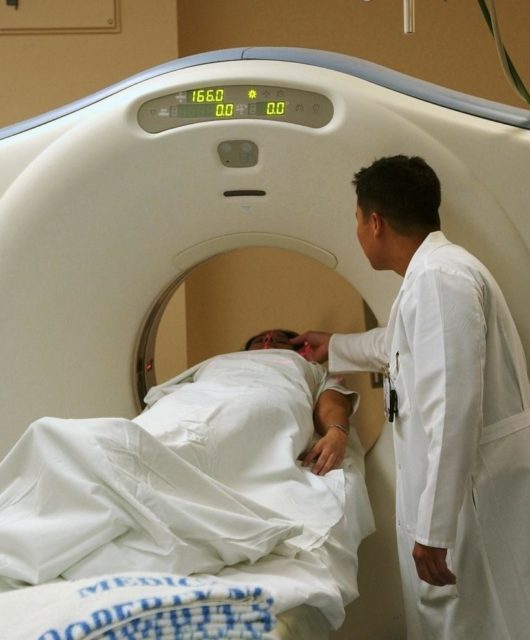Factors to Consider When Choosing the Right Inpatient Detox Program
 Choosing the right inpatient detox program can help you recover from drug addiction and improve your quality of life. However, it is essential to understand what to look for in a treatment center before deciding.
Choosing the right inpatient detox program can help you recover from drug addiction and improve your quality of life. However, it is essential to understand what to look for in a treatment center before deciding.
Be wary of any facility emphasizing creature comforts like yoga or equine therapy. These activities do not address the core of a person’s substance use disorder.
Table of Contents
Cost
Inpatient detox San Diego programs offer a safe environment to focus solely on recovery. Triggers or temptations won’t surround you, and you’ll have 24-hour access to medical staff that can provide medication to help offset withdrawal symptoms. This is often a requirement for those struggling with alcohol use disorder (AUD).
The cost of inpatient rehab depends on the type of treatment you choose. Facilities with licensed doctors and nurses tend to be more expensive than those with only counselors. In addition, some addiction treatments require particular medications, which will also add to the program’s overall cost.
Inpatient rehabilitation can be expensive but is usually much more affordable than outpatient treatment. However, the weekly and episode cost bands differ from one modality to another due to differences in the range and intensity of services offered; patient populations served, and location.
Environment
The environment of drug detox is one of the most important aspects to consider. Finding a place where you can be comfortable and feel safe is essential. Healthcare facilities and substance abuse treatment centers with more home-like atmospheres typically receive higher patient satisfaction scores than those with clinical environments.
Choosing the right environment can be a difficult task. Many people who are suffering from alcohol use disorder (AUD) dread the thought of entering detox, as they associate it with withdrawal symptoms and sterile hospital beds. The good news is that drug detox does not have to be this way. Many addiction treatment professionals are creating more comfortable and welcoming detox facilities for their patients.
However, more research needs to be done to determine whether one detoxification setting is better than another for overall treatment outcomes. Until more research is available, choosing a detox program that can meet your needs is essential. A therapist with experience in treating AUD and who can help you through the process will be crucial.
Medication management
Medications used to manage detoxification vary depending on the substance in question. Some are designed to help you cope with withdrawal symptoms, while others may have a therapeutic purpose. Understanding these medications is essential before enrolling in a detox program.
Inpatient detox treatment involves a residential stay in a live-in facility. This allows patients to receive 24-hour care, and medical staff can attend to their health needs immediately. It is also an effective way to prevent drug relapse and ensure safety.
Inpatient detox programs also offer peer support, which is a good option for people new to addiction recovery or with milder substance use issues. This type of detox is often less expensive and offers greater freedom for the patient, but a comprehensive recovery program should accompany it. Research suggests that leaving detox before a physician recommends discharge can lead to complications and is associated with lower overall recovery rates.
Staff
Inpatient detox programs vary in the level of medical supervision. Some offer residential care with intensive medical monitoring, while others provide less intense support in a community-living setting. This type of program is also known as social detox. Some programs do not use medications but should have procedures to refer patients for medical care if complications or emergencies arise.
A high-quality inpatient detox program should employ a team of professionals with expertise in addiction medicine, psychiatry, and spirituality. These professionals should have graduate degrees and appropriate licensing or certification to work in the field.
In addition, an inpatient detox program should be located close to home or the workplace. This can help reduce stress and the likelihood of relapse during treatment. It also allows patients to maintain professional and family obligations without interrupting their recovery. In addition, an inpatient detox program should offer the flexibility of 30, 60, or 90-day programs.









